Day 1: A lot of downtown stuff
09:30 am – City tour
What better way to start your visit to the colourful city of Bogotá than with a free city tour! Though I’m in general more in favour of exploring cities on my own, Bogotá might be a bit of a difficult one to get yourself going. A great guide will do justice to your visit and can give you a nice overview of it all – whether it concerns history, iconic spots or the best restaurants and cafes around La Candelaría, the oldest neighbourhood in town.
There are a couple of organizations who provide tours on a daily base. Beyond Colombia for example. Or go with the Heroes Tour if you want to particularly get acquainted with Bogotá’s history. The people who give the tours are often enthusiastic students who really love their city. A tip of at least $15,- to $20,- each is pretty fair in my opinion in exchange of a couple of hours of insider’s advice.
If you’re extra interested in the story behind the graffiti pieces of Bogotá, another option is to join the graffiti tour. <– This link refers to the most famous of them all, but there are other hostels too that provide such tours.
It’s fun walking around while admiring the creativity of Colombia’s best graffiti artists. Even the government seems to agree. Since 2011, the municipality of Bogotá adopted laws in order to separate street art from crime. That means that although graffiti might still be forbidden, those who get caught will only receive a fine, instead of imprisonment or a criminal record. In addition to that, it’s nowadays even legally approved to tag or paint walls, if you have permission of the owner. And that results in an expansion in creativity. In case a graffiti tour isn’t enough for you, it might be worth it to ask a taxi driver if he can bring you to some pieces a bit outside of town.
If you love graffiti, check out this post about Bogotá too!
11:30 am – Lunch time
Our city guide recommended Cafe Magola Buendía to us and I can’t but share this quaint gem with you too. It’s on a popular road, next to the Parque de los Periodistas and pretty close to Universidad de los Andes. That might explain the student-like atmosphere that is hidden behind these walls.
Though you wouldn’t expect it, in the back there’s a lovely garden with cosy corners for everyone. People relax in here, drink a coffee or eat sandwiches and cakes. All the way to the end of the patio they were playing tejo, the Colombian ‘sport’ of throwing rocks at gunpowder – say whattt?!- , adding to the fun underground feeling this cafe radiates.
On top of everything: they sell hot chocolate in here served with CHEESE. And many Colombians love it! My Dutch mind is still trying hard to grasp the concept of this combination, but I tried it out anyway. So what it was like? Well, difficult to tell, you really have to try that one out in here yourself!
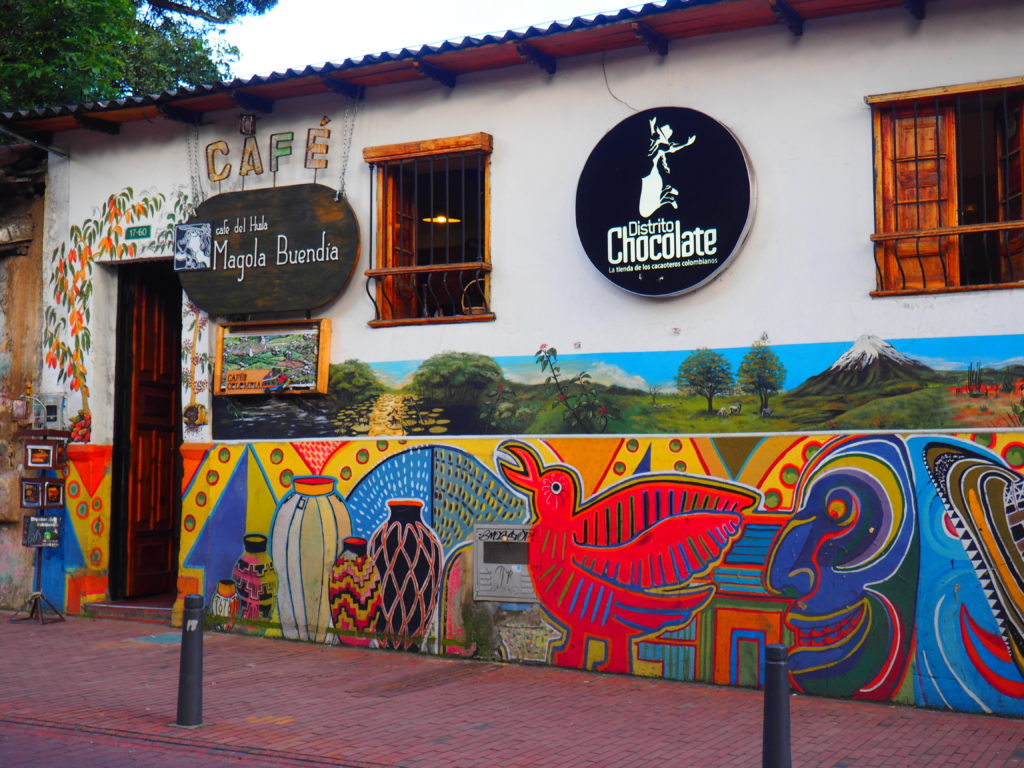
01:30 pm – Museum break
- Gold Museum: You want to know why the Spanish started their conquest in the first place over here? Just walk inside the Gold Museum and you might get a clue. The collection of indigenous pieces is great in terms of size, quantity and special objects. It’s really interesting to see that the gold was used for all types or stuff: ornaments, jewellery, tools and for religion. The museum also gives a decent overview of all of the different cultures around the country, while showing the differences between the techniques of the tribes. Note that on Sunday admission is free. We were there that day and although there were a LOT of people inside and there was quite a queue outside, walking around the rooms went smoothly nonetheless.
- Botero Museum: Housed in a beautiful colonial building with pleasant interior courtyards and lovely rooftop views, this museum really is fun. Unfortunately we had little time left for it, but even a short walk through it is totally worth it (entrance is free, so you can easily hop in and out). Inside you’ll find a lot of work of Botero but also other artists from the 19th and early 20th century, such as Klimmt, de Koening, Miró, Renoir and Toulouse-Lautrec. Funny enough they allow visitors in here to make photographs, which is quite rare as far as I’m concerned!
04:00 pm – Square time
Time to break free and the nearby, central Bolivar Square is a splendid spot for that. The square lays in front of La Catedral Primada, which is the largest cathedral in Colombia and one of the largest in South America. Once you leave the busy square behind and enter through the massive doors of the church you’ll instantly enter a serene area. Find a moment of zen in here before you return to the square.
Over there you can just simply grab an ice cream, sit down and watch whatever happens around you. Tons of dogs are being cuddled (I don’t think I’ve ever seen a more pet-friendly capital), people are singing and dancing in the middle, vendors try to sell their goods and pigeons are flying around everywhere in between.
04:30 pm – Sunset at Montserrate
Perhaps if you’d only had one hour, taking the antique yet modern furnicular all the way up to Montserrate is what I would recommend you to do. After buying your ticket (19000COP for a return), and a small wait, it’s a 10-15 minutes ride to the top. If you want to have the best view over town, try to make it to the lowest seats. While going up sssslowly, you can see this entire city enfolding itself in its entirety in just one panoramic swoop. From up above it seems quite peaceful.
Apart from the city views, on the other side right behind you, you have a spectacular sight on the forested hills. It’s really fun to see that there’s so much nature just around the corner. The gardens around the furnicular are very pretty too, with a small church and a nice spot for a coffee and a pastel. Try to get here around sunset. Once the golden hour sets in, the city will shine even brighter.
06:00 pm – Street art and dinner
After sunset you might want to head out to the Plaza del Chorro de Quevedo, part of the “primer barrio” as locals name it. This square is where Bogotá was founded in 1538. Today, it’s a popular hang-out for students, of whom many are drinking “chicha”. Though a bit edge, the place does feel authentic and the little streets are full of handicraft sellers and musicians playing guitar. The graffiti that covers the walls is quite artful too.
In case you want to grab a bite, a very quirky restaurant is siding the busy square. El Gato Gris is a special place: it has a lot of rooms at different levels that all transfer their own atmosphere. Altogether they form a Escher-like ensemble around a central patio. The staff is friendly, the food very decent and often they have a lovely – yet not too loud – live music. If it gets cold, take a seat next to the fire. Yes, they have that too!
Though Plaza del Chorro de Quevedo is safe during the day, it can be very sketchy at night. So be careful, lots of robberies happens down here. Always walk in a group, or ask for the hotel owner to arrange you a safe taxi. Better be safe than sorry, we unfortunately know by experience!
Day 2: The Salt Cathedral
Our hostel owner in Bogotá told us about an underground constructed cathedral, a small trip away from the capital. Since we’d never heard of such a thing, much less of one being in a salt mine, we decided to spend half a day visiting the site.
Even though we had only two days in Bogotá, the trip was certainly worth it. Now, the Salt Cathedral isn’t actually a cathedral, but it’s called as such to draw the attention of the public. Nevertheless the site really is impressive. If you have the time, breath in some fresh air in the little town once you get out of the mine. Zipaquirá is actually quite cute. Writer and Nobel Prize winner Gabriel García Márquez used to live here too.
Buy an ice cream or a milkshake at take a rest at the main square while gazing at the terracotta roofed and balconied buildings surrounding the plaza. And just be plain happy you can finally see the sun again after some underground hours. All in all it makes a perfect day trip from the capital!
Read more about a visit to the ‘cathedral’ in here!
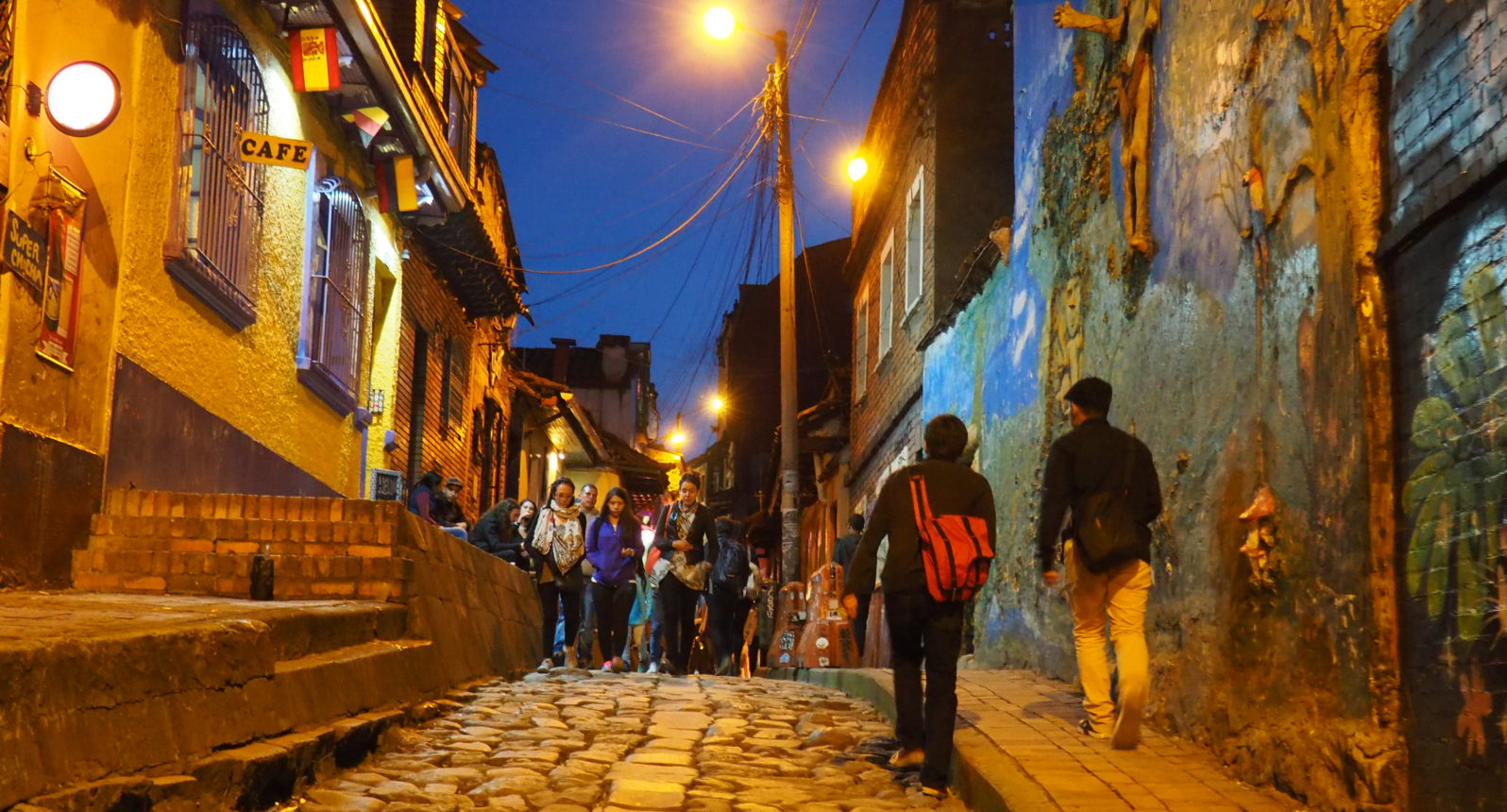
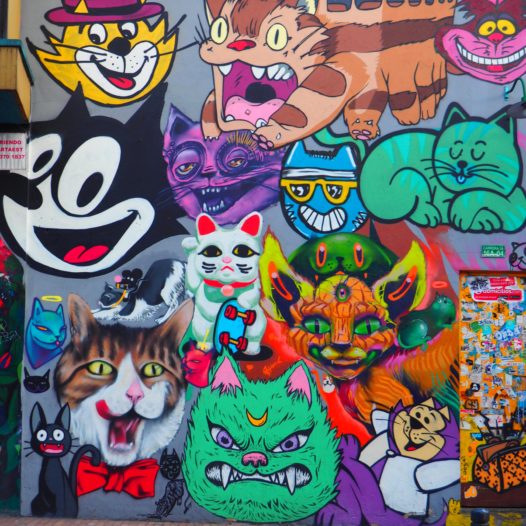
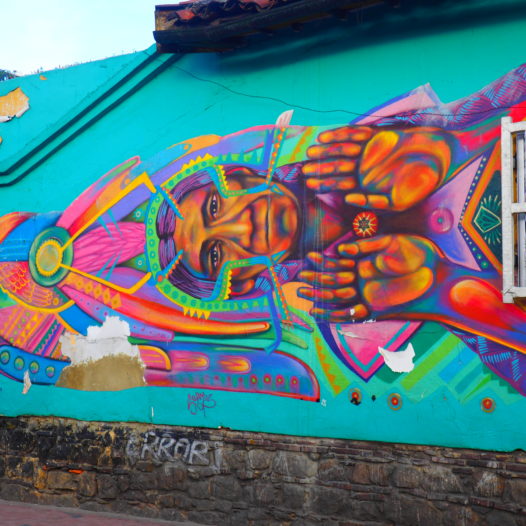
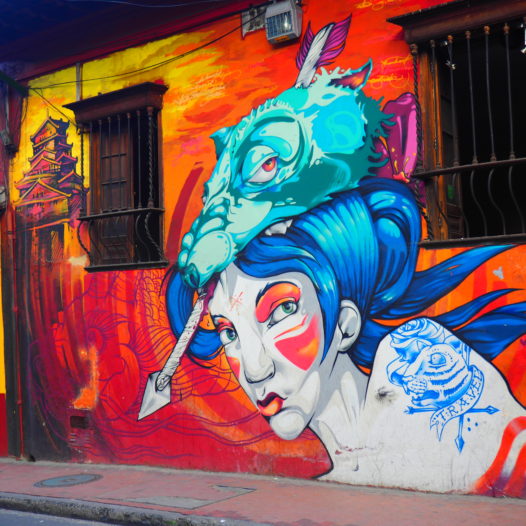
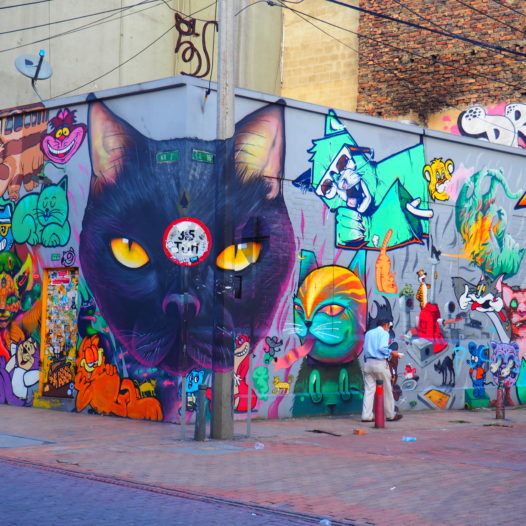
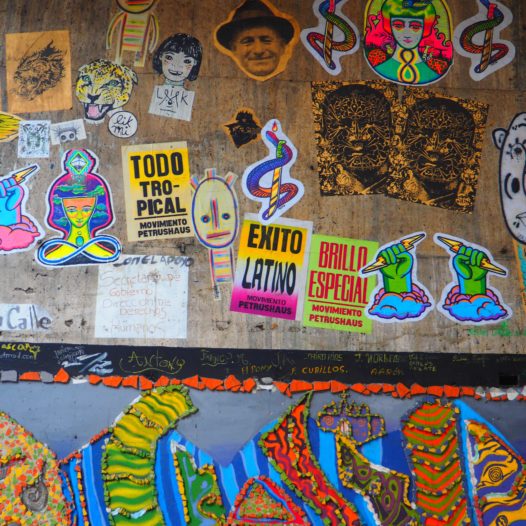
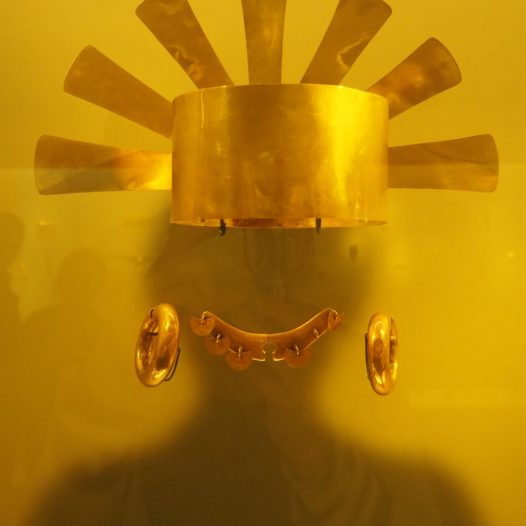
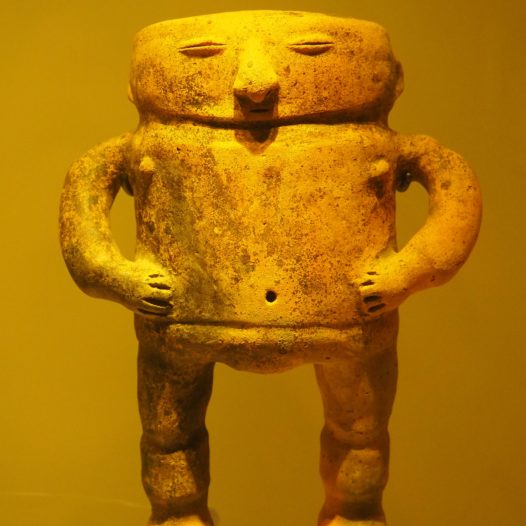
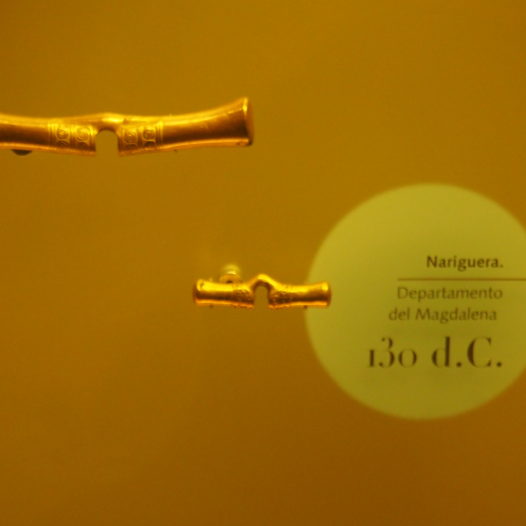
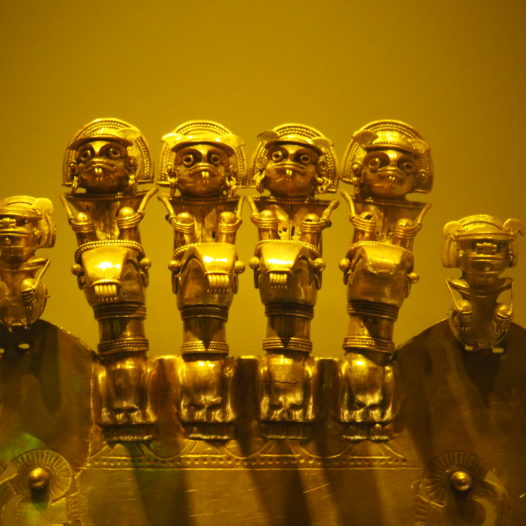
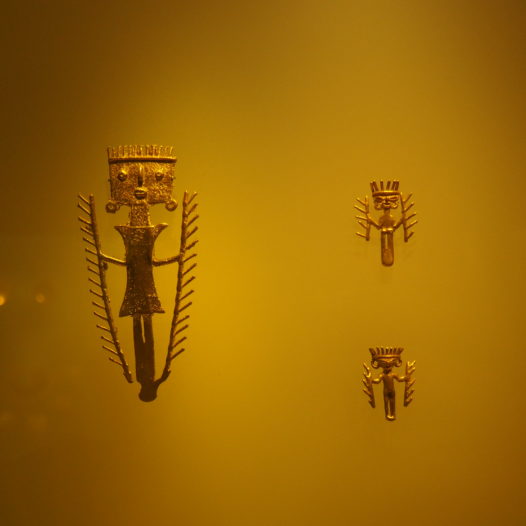
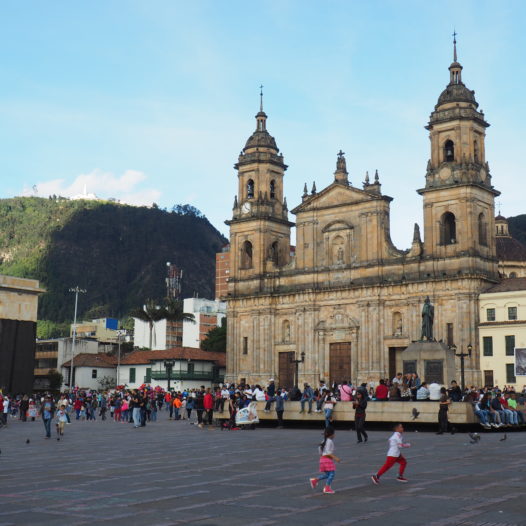
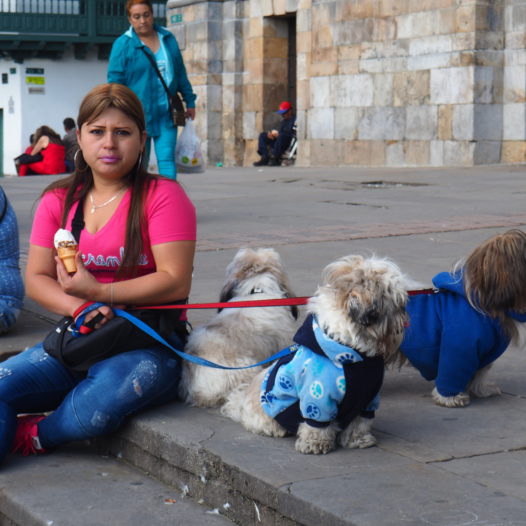
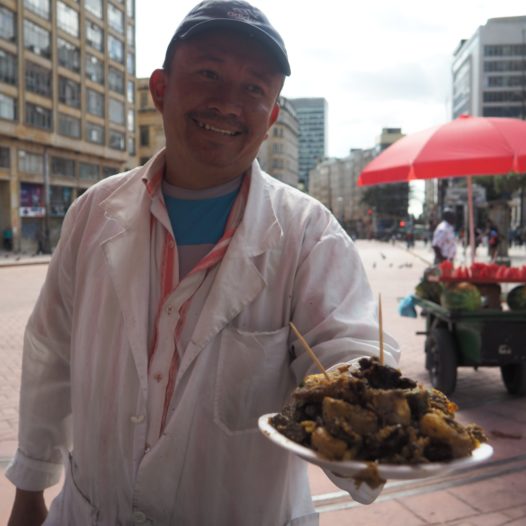
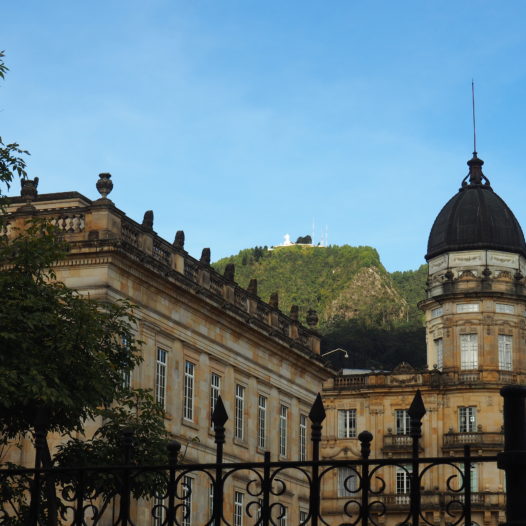
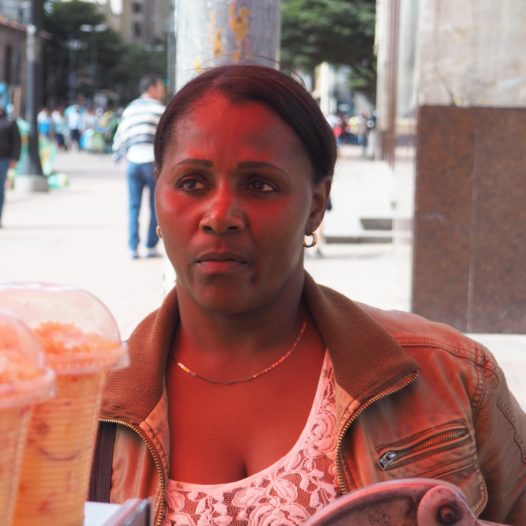
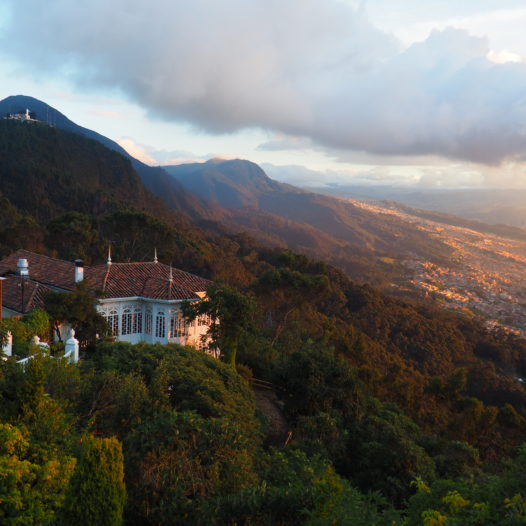
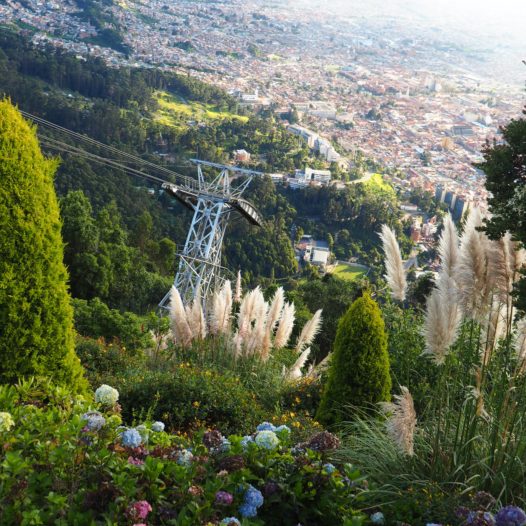
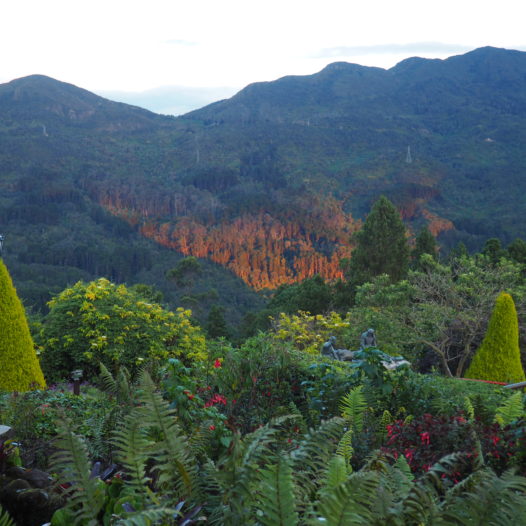
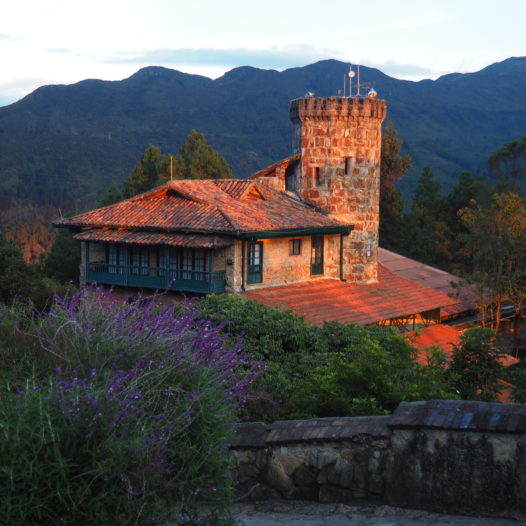
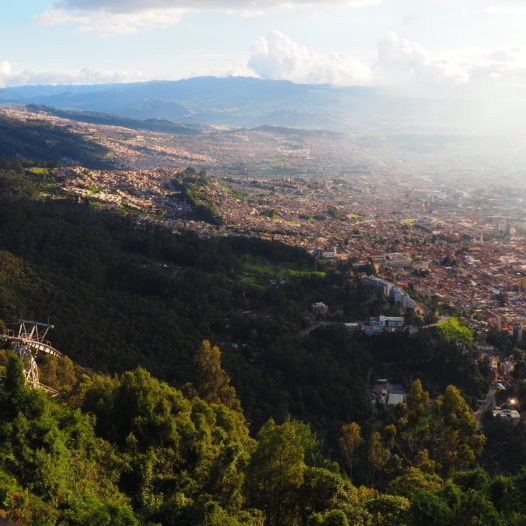
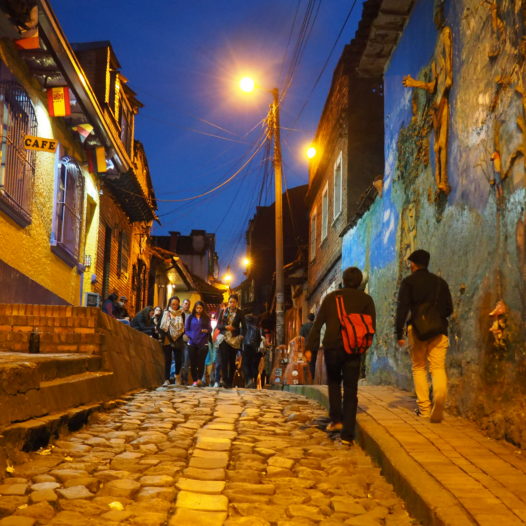
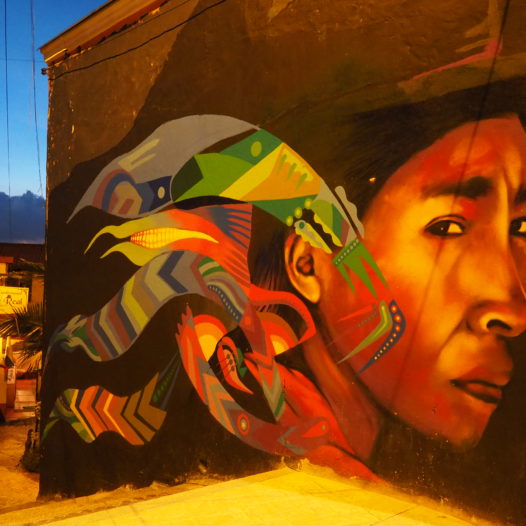
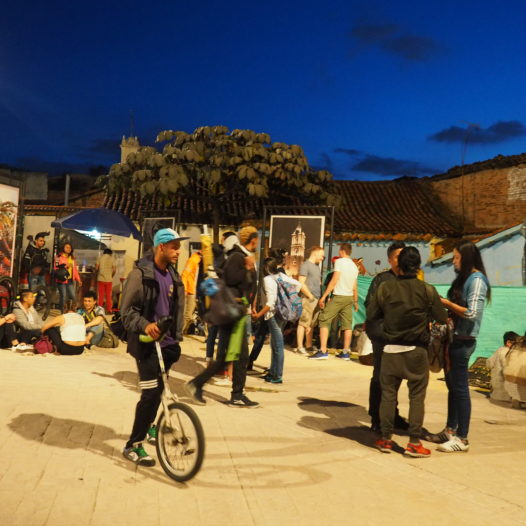
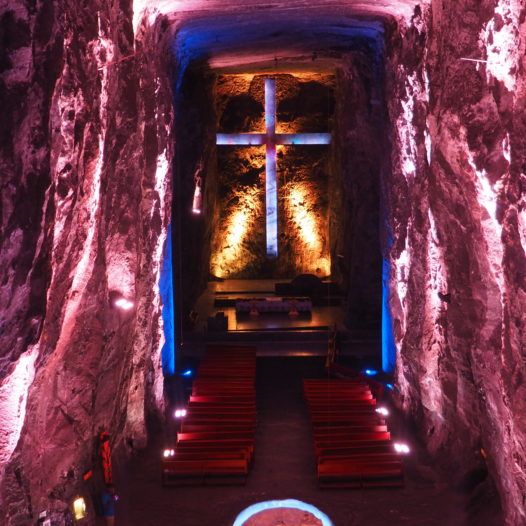
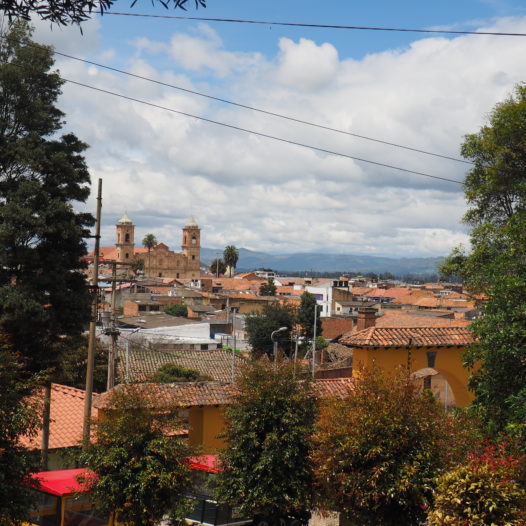
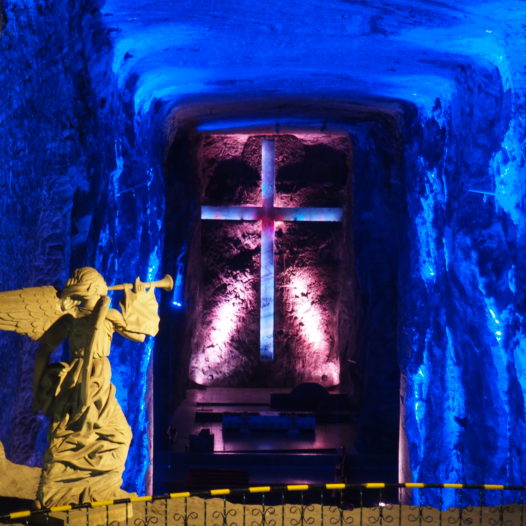
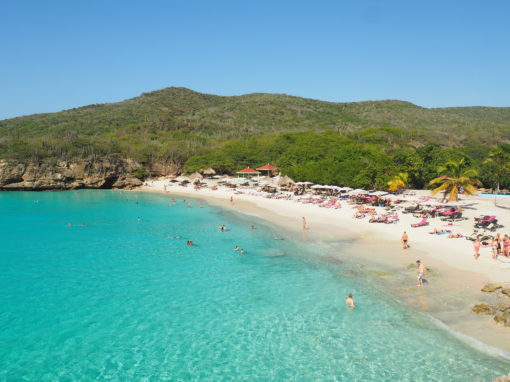
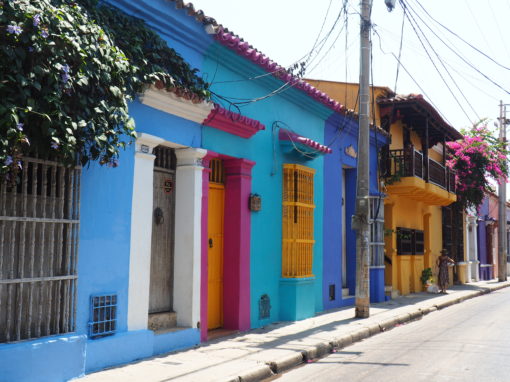
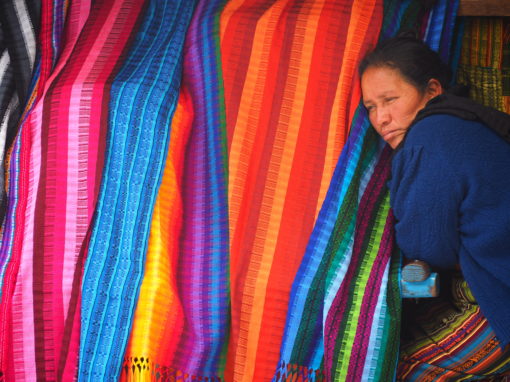

Natalie
January 7, 2019 at 6:06 am
Im going to Colombia in April, starting in Bogota, I was just wondering, what company did you book your salt tour through? Do you mind me asking how much it was? Its looking very expensive. Thanks
Kristel
January 7, 2019 at 7:47 am
Hi Nathalie, cool to hear you’re planning on going there! We just went to Zipaquira / the Salt Cathedral by public transportation, which isn’t expensive at all. At the entrance of the Salt Cathedral there are guides waiting, something like every hour you can join one of them (if you want) for a tour in English. So you don’t necessarily need to prearrange things. Bring something warm, it’ll be cold underground, good luck! Kristel from TTT
Natalie
January 8, 2019 at 5:36 am
Hey!
Thanks for advising, is it easy on public transport, my Spanish is not good. Also thanks for the heads up on the warm clothing.
Natalie
Kristel from TTT
January 8, 2019 at 7:48 am
Yes it’s fairly easy I’d say! In the last sentence of this article you’ll find a link to another, more detailed, one about how to get to the church itself. Good luck! Kristel from TTT